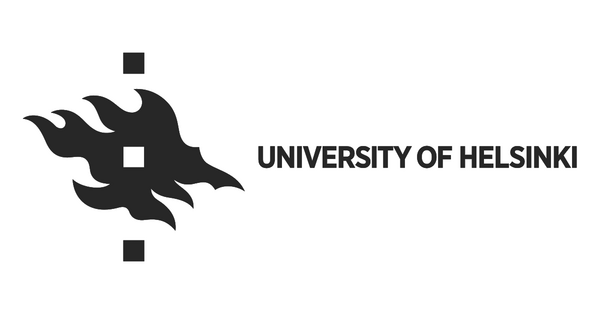University of Helsinki: Response to infection therapy better understood thanks to a new technique
A sequencing-based solution can be utilised to determine infection clearance and microbiota recovery. Next, the researchers will apply the technique to investigate the coronavirus disease.
Infectious diseases are caused by pathogenic viruses, bacteria, fungi or parasites. The treatment of bacterial and fungal infections relies particularly on antimicrobial drugs, while the focus in treating viral infections is the alleviation of symptoms.
Initial therapy for infection is often empiric and guided by clinical presentation. Its efficacy on the pathogen is, however, only seldom understood at therapy initiation. Although methods for assessing treatment responses exist, the effectiveness is mainly determined through monitoring symptoms and signs of infections.
Advances in sequencing technology have made characterization of genomes and gene expression products increasingly practical. The technology has also made it possible to identify microbiota components up to species- and gene-level. Nevertheless, microbiota sequencing is only occasionally employed in infection treatment.
Now, researchers at the University of Helsinki have, together with their collaborators at the Helsinki University Hospital, developed a new sequencing-based approach for pathogen discovery from challenging samples. The approach and preliminary results on its usage in burn wound infection clearance assessment have been published in the Clinical Microbiology and Infection journal.
“The approach enables to capture the real-time functional activities of even minuscule amounts of microbes. It can be used to reliably investigate the activity of microbial drug resistance mechanisms and other microbial mechanisms relevant to infection or its treatment. This helps to understand whether causative microbes are alive or dying and what they do,” says bioinformatician Matti Kankainen, PhD, from the University of Helsinki.
Technique sheds light on pathogen activities
The underlying principle of the technique is as follows: a clinical sample is taken from the patient and its RNA, the underlying foundation of biological processes, is extracted. Next, the microbial RNA is enriched to magnify pathogen information. The RNA is sequenced and the extensive amounts of data gained are analysed by novel algorithms.
To understand the value of the approach in clinical practice, the researchers applied their solution to a complicated wound infection case. The study subject was a wound infection patient that had been treated with several antibiotic therapies for almost one hundred days unsuccessfully. In spite of the therapies, the infection recurred. Briefly following the start of the fourth antibiotic regimen, the researchers collected samples from the infection site. The samples were analysed using their approach as well as with the help of the more common 16S DNA-gene profiling. Corresponding samples were collected also from a control subject.
The fourth antibiotic regimen proved to be effective and alleviated symptoms. The results gained using the new approach agreed the clinical presentation and confirmed the elimination of the pathogen. Furthermore, they demonstrated the recovery of the normal microbiota. A similar microbiota change was not seen in the 16S profiling. Instead, candidate pathogens of the infection were identified, due to the slow breakdown of DNA.
Metatranscriptomics may be the answer to diagnosing infectious diseases
The used approach is known as metatranscriptomics. It allows the comprehensive determination of microbial gene activity. Its use has become increasingly prevalent, but problems related to handling and analysis of challenging host-microbe samples have prevented the more widespread clinical use of metatranscriptomics.
“Our findings demonstrate that our solution suits also to challenging samples that contain minuscule
amounts of microbes. On top of pathogen identification, it can be used to characterise host-microbe interaction. It may thereby shed light into yet-unidentified disease mechanisms. We will develop the technique further as a part of infection studies ongoing at our laboratory. Further work will also focus on understanding its application spectrum,” says Esko Kankuri, docent in pharmacology at the University of Helsinki.
Postdoctoral Researcher Teija Ojala from the University of Helsinki developed the new approach. Next, Ojala will utilise the technique to advance our understanding on COVID-19 coronavirus disease.

